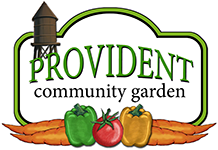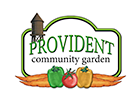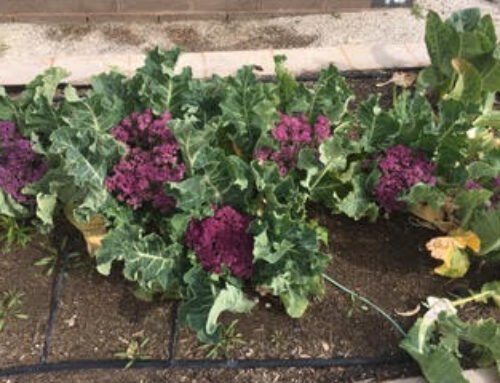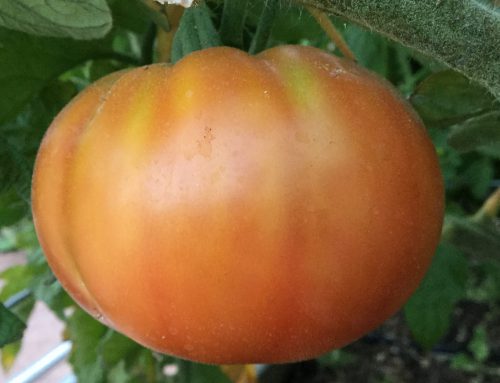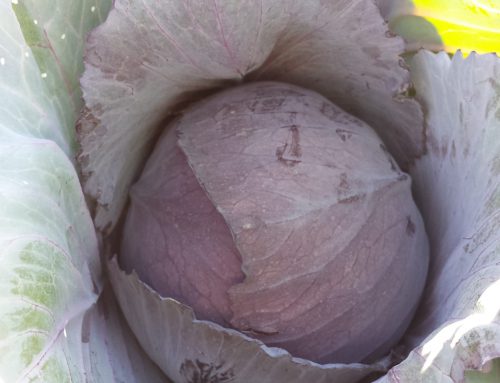Did you know that the best time to garden in Las Vegas is in the Fall? The late Lynn Mills wrote the following article for the RJ in 2010…
Fall gardening is an excellent way to garden, especially those who have failed in the past in Las Vegas. It’s also a wonderful way to keeping your fertile garden soil at its peak. At the same time, you can expect delicious vegetables into winter at a fraction of cost of those purchased in stores. The late Bill Tomiyasu’s research showed us to begin planning fall vegetables between Aug. 15 and Columbus Day. Yes, it’s hot, but I’ve noticed late August night temperatures begin cooling off. If you don’t believe me, notice the new growth beginning to appear on your shrubs in the next few weeks.
The Moapa farmers always began planting their cool-season vegetables in mid-August. Don’t be afraid to plant fall vegetables later, in case we have a warmer fall. While it’s risky, the rewards are definitely worth it. Some vegetables you can harvest through the winter until they go to seed.
Keep a record of what and when you planted them and what succeeded or failed to help you in the future. I hope this guide, combined with your own experience, will help you have a bountiful late season garden.
Here are the vegetables to grow this fall:
Beans and peas: Not exactly fall crops, but produces well in the fall.
Beets: A root crop, you can harvest its leaves or roots.
Broccoli: Amazingly delicious, producing a central head and bushels of side shoots.
Brussels sprouts: Get transplants to produce scores of little cabbages.
Cabbage: Grows best from transplants such as broccoli and cauliflower.
Carrots: Slow to germinate, but easy to grow to make satisfying snack foods.
Cauliflower: Get transplants in early to develop large heads.
Collards: Has leafy greens similar to kale, but with stronger-flavored leaves.
Endive: Nice-looking leaves with a slight peppery taste.
Garlic: Easy-growing bulb filled with healthy cloves.
Globe onions: To get bulbs, plant short-day varieties.
Green onions: Easy to grow, harvest, as you need them like chives.
Kale: Produces nutritious leafy greens and easily over-winters.
Kohlrabi: The above ground bulb tastes like a cross between a cabbage and turnip, with leaves unusually crowned.
Leeks: Very hardy and withstands freezing weather.
Lettuce: Head lettuce matures slowly while leaf lettuces mature quickly in fall.
Mustard: It’s very easy to grow, with spicy hot leaves.
Oriental vegetables: Plant a wide range of unusual varieties now.
Radishes: The quickest to harvest, so let kids grow them.
Rutabagas: Larger and sweeter than turnips, but plant soon for fall harvests.
Spinach: Delicious and sweet, even through the winter.
Swiss chard: Easy leafy veggie that’s delicious into next summer.
Turnips: Easy to grow, quick maturing and very productive crop.
You have until Columbus Day to plant these vegetables. They need about five hours of sunlight and grow with little fuss.
Consider these reasons why you need to plant a fall garden:
Raises spirits: Gardening is relaxing and calming while buoying up your spirits as you participate in the miracle of growing things.
Health: Homegrown foods are healthier and more nutritious than store produce.
Reduce fear: We hear much about contaminated foods and pesticides so take control of your garden, knowing it will be safe and fresh.
Keep fit: Gardening is a great way to burn calories. It involves walking, stretching, lifting, bending and builds muscles.
Discover: The more you know, the more you want to know about gardening. Pests will challenge you and you’ll pay more attention to weather conditions as it relates to growing your own food. The Springs Preserve and Nevada Cooperative Extension have gardening classes to expand your learning.
Security: That’s right. With skyrocketing energy costs and our dependence on store foods, you’ll feel secure with food coming from your own garden.
Saves dollars: Buying vegetables is expensive, while a packet of seeds costs about $2. It’s amazing the amount of produce you will get from your garden for almost nothing. If you have any surplus, preserve it.
Attractive: Vegetables are beautiful, adding color, texture, smell and life to your surroundings.
